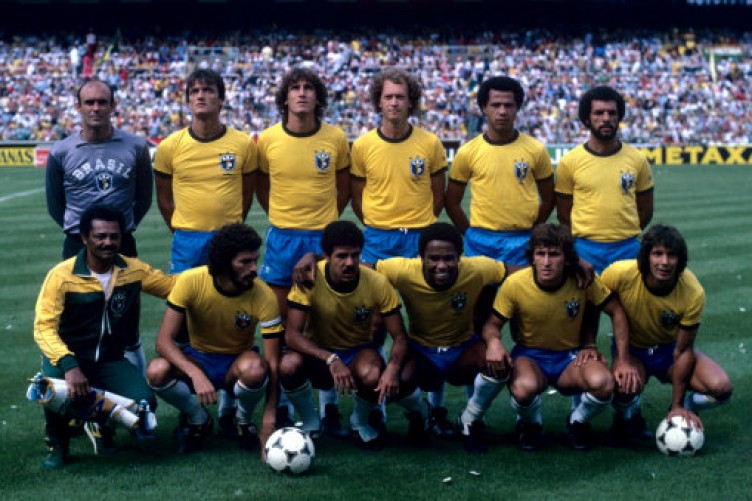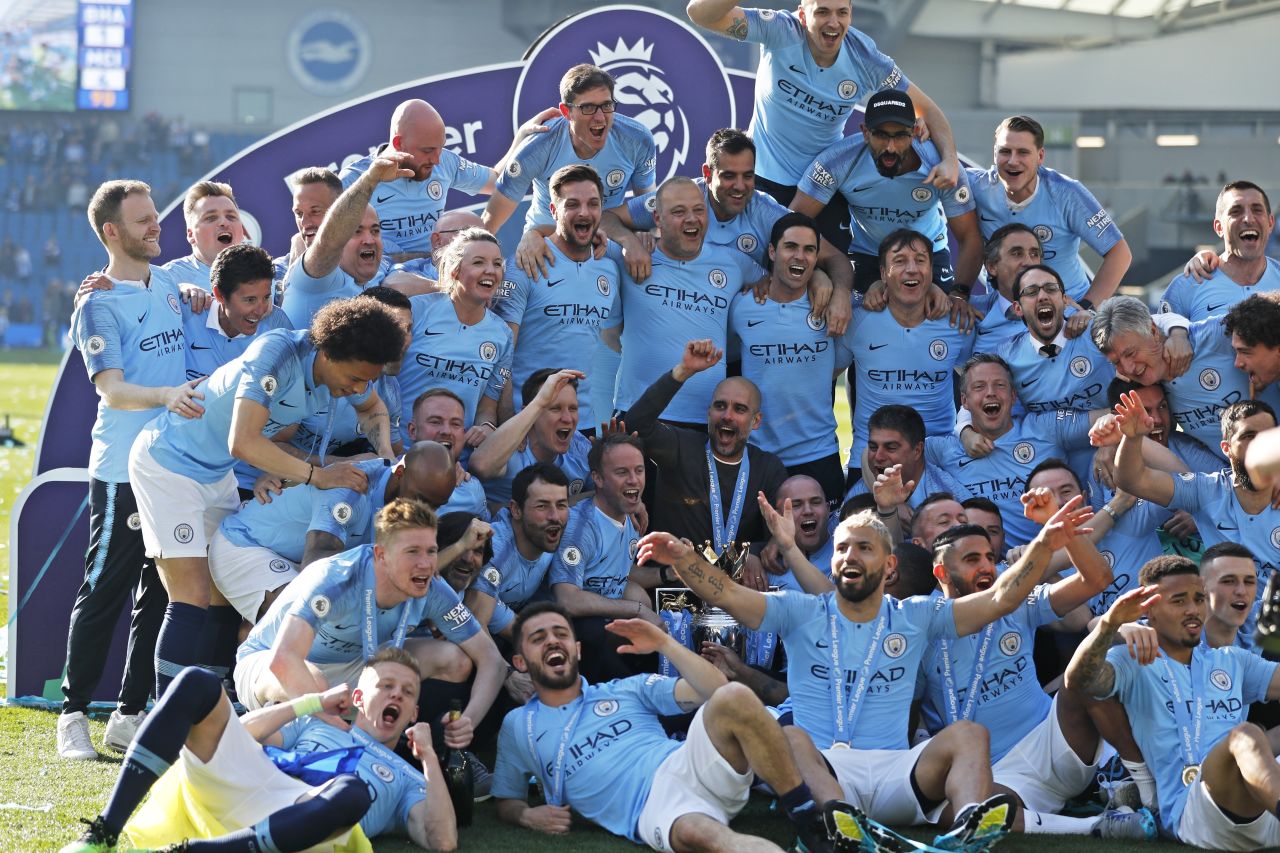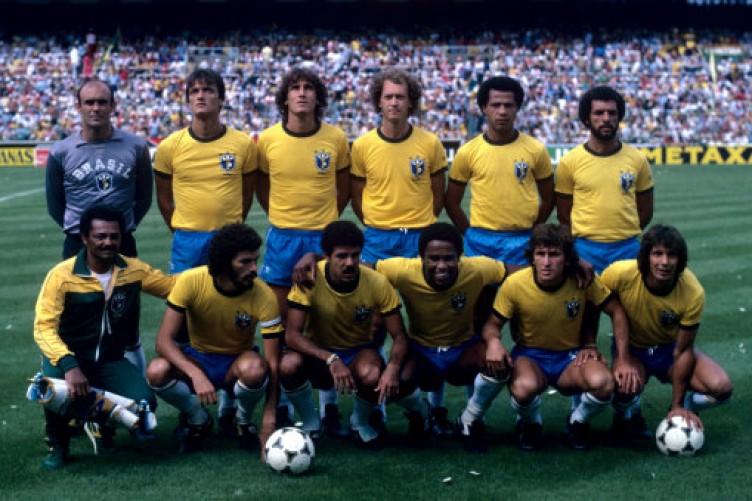The ‘O’ Ring Theory in Sport
Posted on May 15, 2019
I was listening to Radio 5 the other day and the subject of the ‘O Ring Theory’ came up. My dad was in the car at the time and he explained that this dates back to the 1986 Space Shuttle disaster. Seven astronauts died as the shuttle disintegrated.
My dad tried to explain it to me but unfortunately he is a scientist and I am not. When my dad gets technical it results in the hard drive in my head crashing. This concludes with my brain needing to be rebooted. However, it is definitely something to do with a washer. Not just a washer, but a washer not being able to cope at 31 Fahrenheit.
Curious to learn more, when I got home I looked it up. Soon, I found the following equation with regards to the ‘O Ring’ theory’.
‘The important implication of this production function is positive assortative matching. We can observe this through a hypothetical four-person economy with two low skill workers (qL) and two high skill workers (qH). This equation dictates the the productive efficiency of skill matching:qH2 + qL2 > 2qHqL2′.
You what mate?
Call me Mr Thicky, but I have never been one to do calculations with letters. Seeing these type of equations takes me back to my school days. They featured my dad pointing at the page and saying, “Look at it, its bloody obvious”.
I was about to give up on it all when I saw another sentence that was actually written in English. Better still, didn’t involve doing maths with letters rather than numbers.
“The smallest component of a production process must perform properly and efficiently to ensure a positive outcome”.
I kind of get it now. What happened with the space shuttle is this. By ignoring one of the simplest pieces of detail (a washer susceptible to temperature) engineers oversaw a catastrophe. This was an accident that happened because of human errors that could have easily been avoided.
Manchester United
So, the conversation my dad and I heard, was about the trials and tribulations of Manchester United. They were compared to the recent success of Manchester City and Liverpool. Studies before this look at Leicester City and Athletico Madrid in Spain. Both of clubs achieved success with moderate resources.
The theory is that the unravelling of Manchester United as a European football force is quite simple. Instead of putting right the areas where errors are made, United have simply bought marquee players (Paul Pogba for instance). These players are the best in the world on their day but prone to errors or lack of consistent performance. To use an old cliche, “Can they do it on a wet November Tuesday in Burnley?”
The example they used for Liverpool featured central defender, Virgil Van Dyke and goalkeeper, Allison. At the end of last season, Liverpool identified their defence as a week point that had not been addressed. Their ‘O Ring’, if you will. Liverpool had entertained by winning 4-2 or 5-3 but on the days they came across stern defence, they nearly always lost.
Initially, this theory seems bleeding obvious. However, if you look over the years how managers have fallen into the trap of signing glamour players, it isn’t that obvious. Manchester United’s problems started the last time they won the Premier League (2013). Sir Alex Ferguson bought in Van Persie from Arsenal to win the league one last time and succeeded. However, no one was planning ahead.
Five Years Adrift
The result is that United are now at least five years adrift of Manchester City and Liverpool. They are even losing ground to Tottenham, a club who, with their history, could easily be renamed Tottenham O Ring Theory FC.
Other examples of trying to win with flamboyance covering for flaws in defence, include the following. Newcastle in 1994, the Brazil team of the ’80’s, Arsenal for about a decade, and even England and Sven’s ‘Golden Generation’.

Through fear of losing the trust of domestic superstars, Eriksson insisted in playing all his best players (Scholes in left midfield for example). He did this rather than utilising those who were the best in their position. It was square pegs in round holes and it failed when things got serious (quarter-finals generally).
The next example of this could be the England cricket team. At their swashbuckling best, England can beat all-comers. Flair, ingenuity and brutal hitting have raised the bar in the one day game. No-one is safe from an absolute battering.
However, England are prone to inexplicable collapses where they get the basics wrong and fall apart. A bit like the O Ring on the space shuttle, they crumble and fall apart. The upcoming World Cup will require consistency as one defeat means its all over. Y It’s not like a Test Series where you can win 4-2.
So, I hope this explains the ‘O’ Ring theory as I think it is an interesting subject. It’s all about neutralising risk you see.
The big question is this?
Is sport actually interesting without risk?


Got something to say?